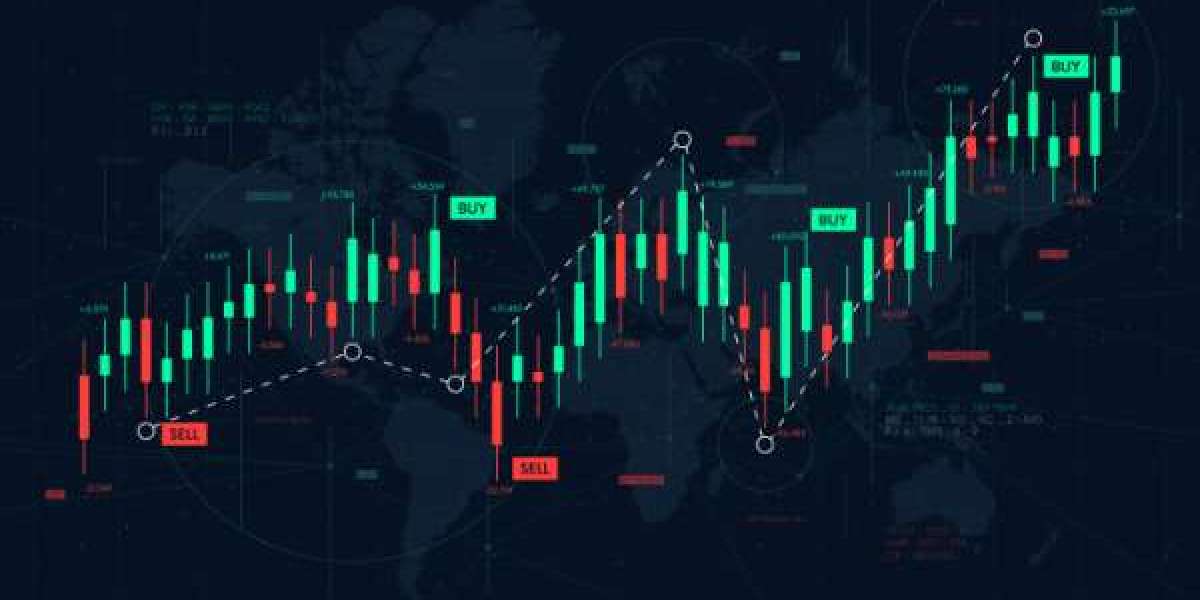Futures trading is a dynamic and strategic approach to the financial markets, offering traders opportunities to profit from price movements in a variety of assets such as commodities, currencies, indices, and more. One of the most important factors in achieving success in futures trading is understanding the concepts of contract size and value. Mastering these two elements can empower traders to make more informed decisions, manage risk effectively, and plan their trades with clarity.
Understanding Futures Trading Basics
Before diving into the details of contract size and value, it’s important to understand what futures trading entails. In this form of trading, participants enter into an agreement to buy or sell an asset at a predetermined price on a specified date in the future. These agreements are standardized and traded on regulated exchanges, making them transparent and reliable. Each futures contract has its own set of specifications, which include the type of asset, contract size, and the value of one unit of the asset being traded.
What is Contract Size in Futures Trading?
Contract size refers to the standardized quantity of the underlying asset that a single futures contract represents. For example, a commodity futures contract might represent a certain number of barrels of oil, bushels of wheat, or ounces of gold. In financial futures, contract size could represent a set value of an index or a fixed amount of currency. Understanding the exact contract size is essential because it determines the total exposure a trader has when they enter a position. If a trader doesn’t pay attention to the contract size, they might unintentionally take on more risk than they can handle.
Why Contract Size Matters to Traders
Knowing the contract size enables traders to align their trading positions with their risk tolerance and account size. A larger contract size means greater exposure to price fluctuations, while a smaller contract size offers more flexibility for managing positions. This knowledge helps traders plan their entry and exit strategies with precision. For example, when markets are volatile, understanding contract size can guide a trader in deciding how many contracts to hold or whether to scale down their position.
Understanding Value in Futures Trading
The value of a futures contract is determined by multiplying the contract size by the current market price of the underlying asset. This figure tells traders the total worth of the contract and gives them a clear idea of the capital at risk. Value is a key element in calculating potential profit or loss for each price movement. By knowing the value, traders can also better estimate their margin requirements and capital allocation for each trade.
How Value Influences Trading Decisions
When traders have a clear understanding of value, they are better positioned to make strategic choices. For example, a trader might decide to enter a market with high-value contracts if they have the capital to support larger price swings. Alternatively, if they prefer smaller exposures, they might focus on contracts with lower values. This understanding also plays a role in managing leverage responsibly, ensuring that traders do not overextend themselves financially.
The Relationship Between Contract Size and Value
Although contract size and value are distinct concepts, they are closely related. The contract size sets the quantity of the asset, while the value reflects the worth of that contract based on market prices. Traders who understand both can adjust their positions according to market conditions. If prices rise significantly, the value of a contract increases, which might lead a trader to adjust their strategy to lock in profits or reduce exposure.
Empowering Futures Trading Through Knowledge
Knowledge of contract size and value empowers futures traders by giving them greater control over their strategies. Instead of making decisions based solely on market trends or news, informed traders calculate their potential exposure and returns before entering a trade. This approach fosters discipline and reduces the likelihood of impulsive decisions driven by emotion.
Practical Steps for Traders
To effectively incorporate contract size and value into their trading routine, traders can follow several practical steps:
Always review the contract specifications before entering a trade
Calculate the total value of a contract using the current market price
Adjust the number of contracts based on personal risk tolerance and account size
Monitor market movements to evaluate changes in contract value over time
Use this information to refine trade exits and protect profits
Building Confidence in Futures Trading
When traders clearly understand the details of contract size and value, they naturally develop more confidence in their decisions. This confidence stems from knowing exactly what is at stake and being able to plan for a range of possible outcomes. Over time, this leads to better trade execution, more consistent results, and a greater ability to adapt to different market environments.
Conclusion
In futures trading, the concepts of contract size and value are more than just technical details—they are fundamental tools that can significantly influence a trader’s performance. By understanding how these elements work and applying them to their strategies, traders can take control of their risk, make well-informed decisions, and ultimately empower themselves to succeed in the futures markets. Mastering these concepts is an investment in knowledge that pays off in both the short term and the long term.



